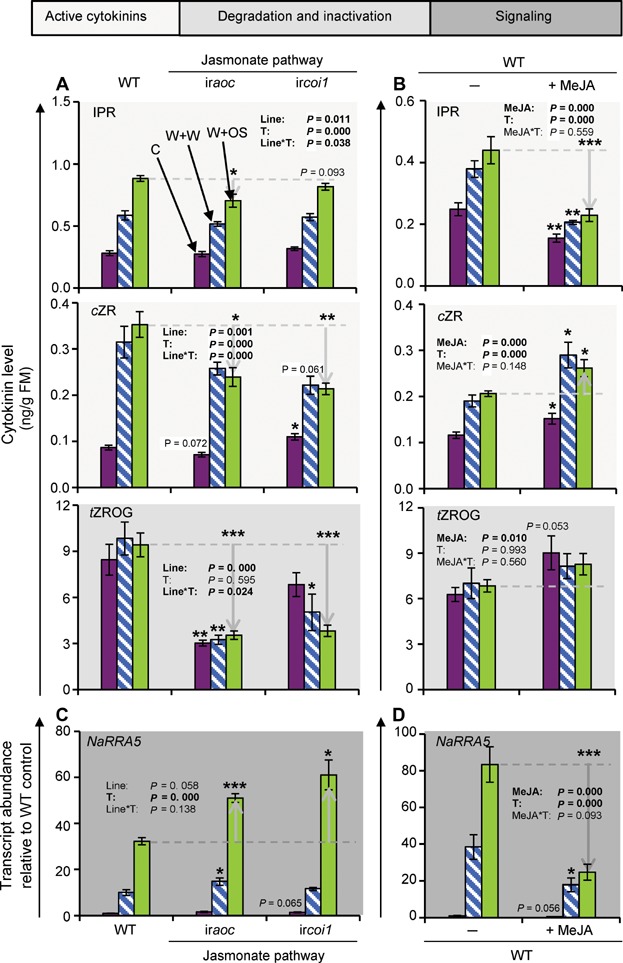Figure 5. Herbivory-induced cytokinin levels and signaling are regulated by jasmonates.

(A) Isopentenyladenosine (IPR), cis-zeatin riboside (cZR) and trans-zeatin riboside O-glucoside (tZROG) levels in leaves of Nicotiana attenuata 30 min after wounding and application of water (W + W, white bars with blue lines) or Manduca sexta oral secretions (W + OS, lime-green bars) to the puncture wounds and in untreated control leaves (C, purple bars). Measurements were performed in leaves of wild-type (WT) plants and RNAi lines silenced in AOC or COI1 expression. (B) IPR, cZR, and tZROG levels in leaves of N. attenuata 30 min after W + W (white bars with blue lines) or W + OS treatment (lime-green bars) and in untreated control leaves (C; purple bars). Measurements were performed in leaves of WT plants with and without a 24 h methyl-jasmonate (MeJA; 150 µg per leaf) pretreatment. (C) Response regulator 5 (NaRRA5) transcript abundance under the conditions mentioned in (A). (D) NaRRA5 transcript abundance under the conditions mentioned in (B). Line/MeJA and treatment (C, W + W and W + OS; T) effects and their interaction (Line*T and MeJA*T, respectively) were analyzed by univariate ANOVA, except for NaRRA5 (C) data which were analyzed by a generalized least squares model. Asterisks indicate significant differences between same treatments from RNAi lines and WT plants, and plants with and without a MeJA pretreatment (independent samples t-test: *P ≤ 0.05, **P ≤ 0.01, ***P ≤ 0.001). Error bars are standard errors (A, C n ≥ 4; B, D n ≥ 5). FM, fresh mass.
